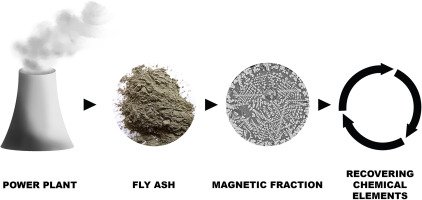What is Fly Ash ? its uses , advantages & disadvantages in Construction?
What is Fly Ash ?
Fly ash is a byproduct of pulverized coal from electric generation power plants, it is a fine, powdery material, composed of small, spherical particles that are collected from the flue gases of the power plant. its chemical composition is rich in silicon dioxide (SiO2), aluminum oxide (Al2O3), and calcium oxide (CaO) these chemical can vary due to type of coal being burned and the method used to collect the Fly Ash. As Fly Ash has wide range of application due to its fine particle size (sizes ranging between 10 to 100 microns.) and composition and is commonly used as supplementary cement material in concrete production, When fly ash is mixed with cement and water, fly ash can improve the workability, durability, and strength of concrete. It is environmental friendly and reduces the impact of concrete production, it is mostly used in road construction, as a soil stabilizer, and in the manufacturing of bricks and blocks.

Uses of Fly Ash :
Fly ash is widely used in construction business / industry from making cement to concrete in all aspects, when fly ash is mixed with cement and water it improve its strength and workability of cement and concrete, Fly Ash also provide a plain texture in concreting which looks aesthetic and plain due to fine powdery substance is present on it .
Uses
- Concrete Production (While production of concrete production a amount of fly ash is used in behalf of fine aggregates and cement on Ready Mix Concrete for easy mix and to increase in workability of concrete)
- Road Construction ( While making PCC road we use RMC- Ready Mix Concrete where fly ash is used for easy mix, Texture and to increase in workability of concrete)
- Brick and Block Manufacturing ( Fly Ash bricks are now widely used now a days due to easily available and low cost of making and selling these bricks are enough stronger than regular brick or traditional red clay bricks, Fly Ash Bricks are easily made by compressing and can be used within 5 days of casting only they are kept in sunlight or in heat chamber where water is not available not like red traditional clay bricks where we have to burn it until the strength is not achieved according to our use )
- Agricultural Applications (improve soil Structure, pH etc.)
- Waste Stabilization/Solidification ( if water is hard and is dirty then we use Fly Ash to purify the water and make water as drinkable to human)
- Mining and Industrial Applications
- Environmental Remediation
- Geotechnical Engineering ( Land filling, stability and reduces the permeability of soil)
- Water Treatment ( Used in removal of heavy metals from industrial wastewater)
- Polymer and Composite Materials
Advantages & Disadvantages of using fly ash in concrete :
Advantages:
- Enhanced Workability
- Reduced Heat of Hydration
- Improved Strength and Durability
- Reduced Environmental Impact
- Economic Benefits
- Improved Sulfate Resistance
Disadvantages:
- Slower Strength Development
- Variable Properties
- Potential for Efflorescence: Contain soluble alkalis, which may contribute to efflorescence (white, powdery deposits) on the surface of concrete.
- Handling and Storage Challenge
- Regulatory Considerations
- Limited Availability
